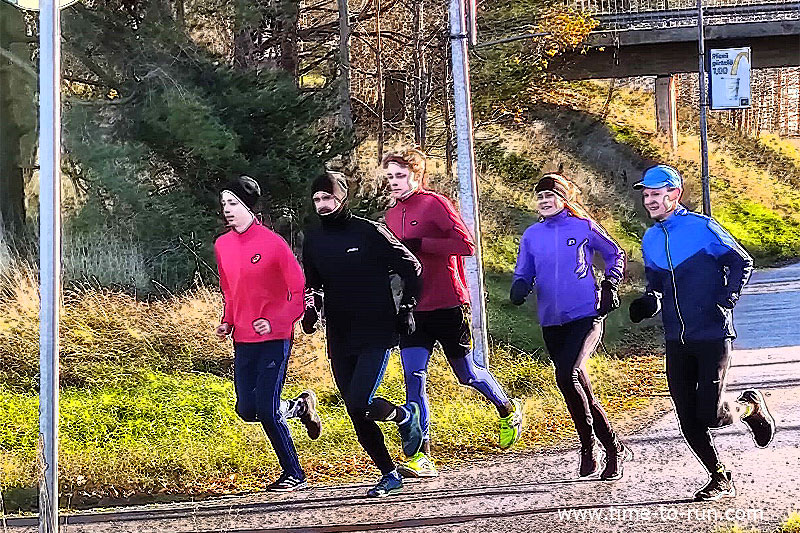How to create a successful training program while maintaining a balanced life at the same time. It’s like baking a cake.
Plan your training to achieve
There is far more to running than just simply running with no direction or plan. A plan is always a good thing. I often credit my meticulous planning to learning and applying these strategies used in wagering money on an event or uncertain outcome. In the strategy, it requires three elements: consideration, lowering the risk and winning.
Create your running training cake
The mix. The biggest part of your cake is the foundation. Your base. The aerobic layer / base, is what sets you up for a tasty end product.
Easy runs
This is the easiest part of the training to achieve. Easy short to long runs. Depending on your experience and running background, will determine the amount of time you run, as well as the distance covered.
To start with, time plays a more important role than distance. As you progress, you can look to get to 18 to 20k runs. At first, this will be better focused to 1hr to 75 minutes easy running, before working towards distances such as 15k to 20k. This all depends on the distances you intend competing over.
Supplementary Runs
Supplementary runs of 20 to 30 minutes, are great in achieving active recovery. This runs assist with recovery, and are great when placed after quality runs such as hillwork and intervals.
Hillwork and Intervals
Before getting to running intervals, it is often better to introduce rolling hill courses before moving on to more specific hillwork sessions, such as 10 x 200 to 300m hills with a jog down recovery. The hill gradient should not be steep but rising gently so that the benefit is gained by carrying your own bodyweight uphill. After 2 to 3 more specific hillwork sessions, you can can then consider introducing interval sessions such as 1000m’s
Intervals. Don’t jump into the deep-end by training to run too quick in your first 1k session. Start 5 to 10 seconds slower than your target race goal times, so you able to do the session before moving on to a faster pace.
Establish Rest and Recuperation
Once you have established your training format, rest and recuperation days must be planned to achieve maximum effect in your training program.
Rest is essential. The body needs to absorb the training sessions applied. Active recovery and total recovery are very important in any training plan, often considered integral in avoiding over-training
Maintenance
The maintenance of your body while training, is most important. This is where such ingredients as nutrition and sleep as well as stretching, massage and strength work play an important part in putting the icing on your training cake plan.
Through all of this the exerciser benefits and gets to taste success0 minutes, are great in achieving active recovery. This runs assist with recovery, and are great when placed after quality runs such as hillwork and intervals.
Hillwork and Intervals
Before getting to running intervals, it is often better to introduce rolling hill courses before moving on to more specific hillwork sessions, such as 10 x 200 to 300m hills with a jog down recovery. The hill gradient should not be steep but rising gently so that the benefit is gained by carrying your own bodyweight uphill.
After 2 to 3 more specific hillwork sessions, you can can then consider introducing interval sessions such as 1000m’s Intervals. Don’t jump into the deep-end by training to run too quick in your first 1k session. Start 5 to 10 seconds slower than your target race goal times, so you able to do the session before moving on to a faster pace.
Establish Rest and Recuperation
Once you have established your training format, rest and recuperation days must be planned to achieve maximum effect in your training program. Rest is essential. The body needs to absorb the training sessions applied. Active recovery and total recovery are very important in any training plan, often considered integral in avoiding over-training
Maintenance
The maintenance of your body while training, is most important. This is where such ingredients as nutrition and sleep as well as stretching, massage and strength work play an important part in putting the icing on your training cake plan. Through all of this the exerciser benefits and gets to taste success
































